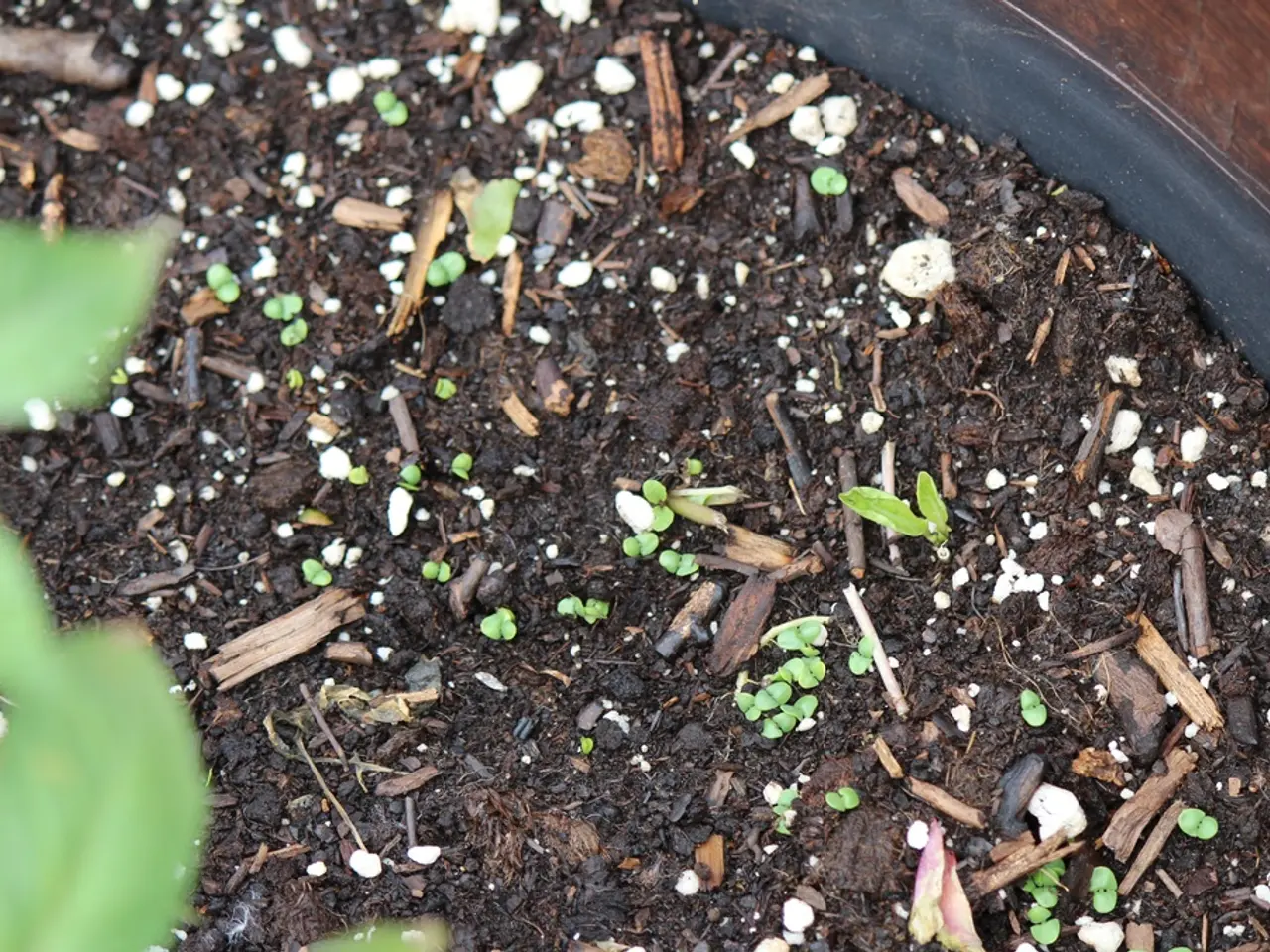Underneath your feet lies a complex, dynamic system: soil, a substance that is much more than meets the eye.
In the world of agriculture, a shift towards promoting soil biology is gaining traction as an effective and sustainable approach to enhancing plant growth and soil health. This method offers multiple advantages over relying solely on synthetic nutrients.
By fostering beneficial soil microbes like plant growth-promoting rhizobacteria (PGPR) and mycorrhizal fungi, we can improve nutrient uptake. These microorganisms make nutrients more available and convert atmospheric nitrogen into forms plants can use. They also stimulate root growth and produce phytohormones, leading to enhanced plant development.
The biological activity in soil further improves its structure. Soil microbes produce compounds such as glomalin, which bind soil particles into aggregates, enhancing moisture retention, aeration, and root access to water and nutrients. This leads to increased soil organic matter, sometimes up to 30%, supporting a healthier habitat for roots and soil life overall.
Moreover, biological soils suppress soil-borne diseases naturally by outcompeting or inhibiting pathogens, reducing the need for synthetic chemical inputs. They also help plants become more resilient to environmental stresses like heat, drought, and poor nutrient conditions by stimulating immunity and root vigor.
In contrast to synthetic nutrients, which supply only isolated nutrients, promoting soil biology encourages nutrient cycling, sustainable soil fertility, and natural ecosystem functions. This results in better long-term soil health, reduced chemical dependency, improved water regulation, and enhanced crop yields even under adverse conditions.
Managing residues and providing nutrient sources that feed soil microbes post-harvest, such as bioavailable amino acids, accelerates decomposition and nutrient release, further optimizing nutrient availability for future planting without relying on synthetic fertilizers.
In summary, promoting soil biology:
- Enhances nutrient uptake and availability through microbial processes
- Improves soil structure, moisture retention, and aeration
- Suppresses soil-borne diseases naturally
- Increases plant resilience to climate stress
- Builds long-term soil fertility and reduces reliance on synthetic inputs
- Supports sustainable, healthy ecosystems that boost crop productivity
By adopting practices such as avoiding synthetic chemicals, minimizing cultivation, and adding organic matter to the surface, we can create a healthier soil population and more vibrant plants. This approach is self-reinforcing and leads to a more sustainable and resilient agricultural system.
- By nurturing beneficial soil microbes and plants in home-and-garden environments, we can promote a lifestyle that supports a thriving ecosystem, particularly through the cultivation of establishing gardens abundant with diverse plants.
- The improved landscape of home-and-garden settings rich in gardens, plants, and soil biology encourages natural nutrient cycling, enhancing the longevity of these environments and reducing the need for synthetic fertilizers.
- Embracing gardening practices that prioritize the health and growth of soil microbes in home-and-garden settings leads to stronger, more resilient plants that are better equipped to withstand adverse conditions while maintaining a thriving garden landscape.




